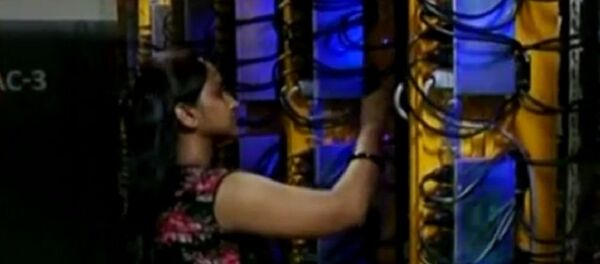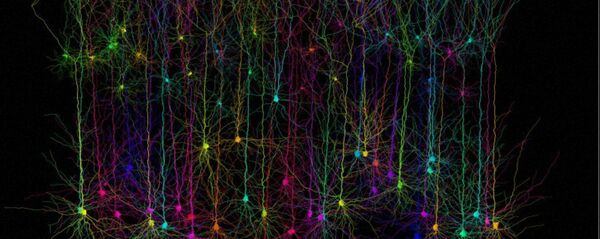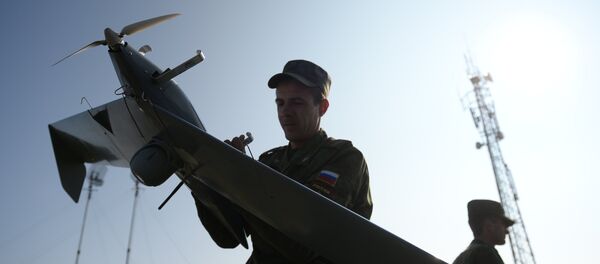No American-made system quite competes with the Sunway TaihuLight, the new Chinese system. According to the Top500 list, which catalogs the world’s fastest supercomputers, it can perform up to 124.5 petaflops, and is the first system to surpass 100 petaflops.
One petaflop is equal to one quadrillion sustained floating-point operations per second.
China’s efforts in developing their own processors stems from Washington’s decision to block Beijing’s access to Intel’s processors last February. This was based on an unfounded fear that the Chinese government would use the technology to develop nuclear weapons, though some Chinese critics feel American politicians used this excuse to stymie progress of the Eastern nation’s supercomputer development.
The US Department of Commerce accused four Chinese companies of "acting contrary to the national security or foreign policy interests of the United States."
China's Tianhe-2, the world’s second fastest supercomputing system, uses Intel Xeon processors and maxes out at 54.9 petaflops.
In July 2015, US President Barack Obama issued an executive order creating a national strategic computing initiative. The order was put in place "in order to maximize the benefits of HPC (high performance computing) for economic competitiveness and scientific discovery…"
The US has been aware of China’s attempts at developing indigenous processors for a few years now. In 2010, Steven Koonin, undersecretary for science at the U.S. Department of Energy (DOE), predicted that China would be "using entirely indigenous components that is expected to be complete within the next 12 to 18 months."
"It is clear that DOE will not be the only organization working to push the limits of computer performance," he added.
China would go on to develop a small supercomputer in 2011. While this used Chinese processors, it still relied on big systems from the US to operate.
"I would have a hard time believing that those would be processors that they could sell into the global marketplace," Steve Conway, a high-performance computing analyst, said at the time.
"For historical reasons, China was unable for decades to buy the most powerful class of supercomputers from the West, and they were in a state of dependency, and presumably they want to escape that dependency," he said.
Jack Dongarra, a professor of computer science at the University of Tennessee called the TaihuLight "very impressive". He said the Chinese system runs "sizeable applications" that include earth systems modeling,advanced manufacturing, big data applications and life science. This capacity "shows that the system is capable of running real applications and [is] not just a stunt machine," he said, according to Dongarra.
The TaihuLight is installed at China's National Supercomputing Center in Wuxi, and uses ShenWei computers that operate on a system called Sunway Raise and were developed at Jiangnan Computing Research Lab in Wuxi.







